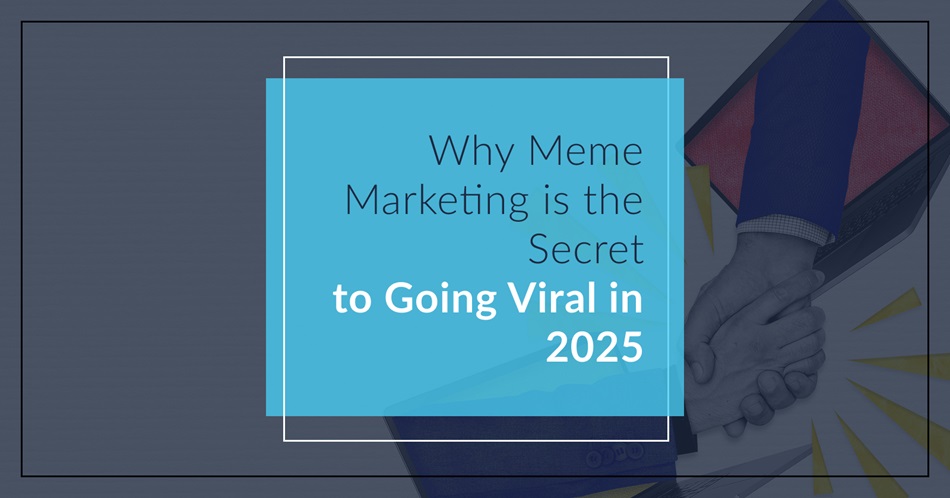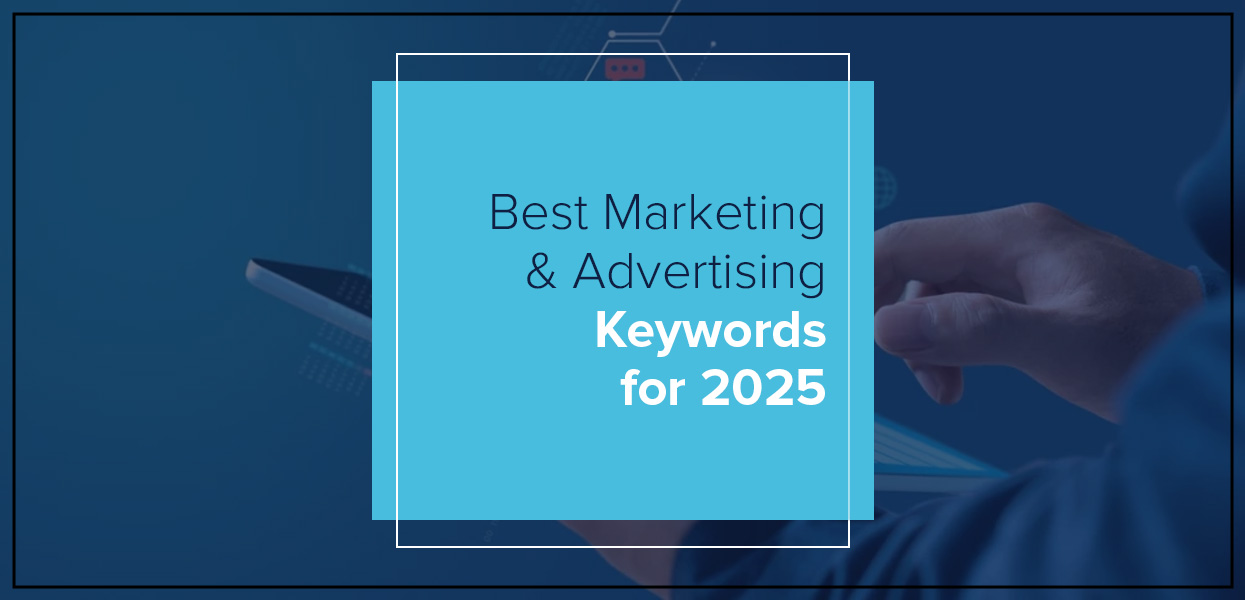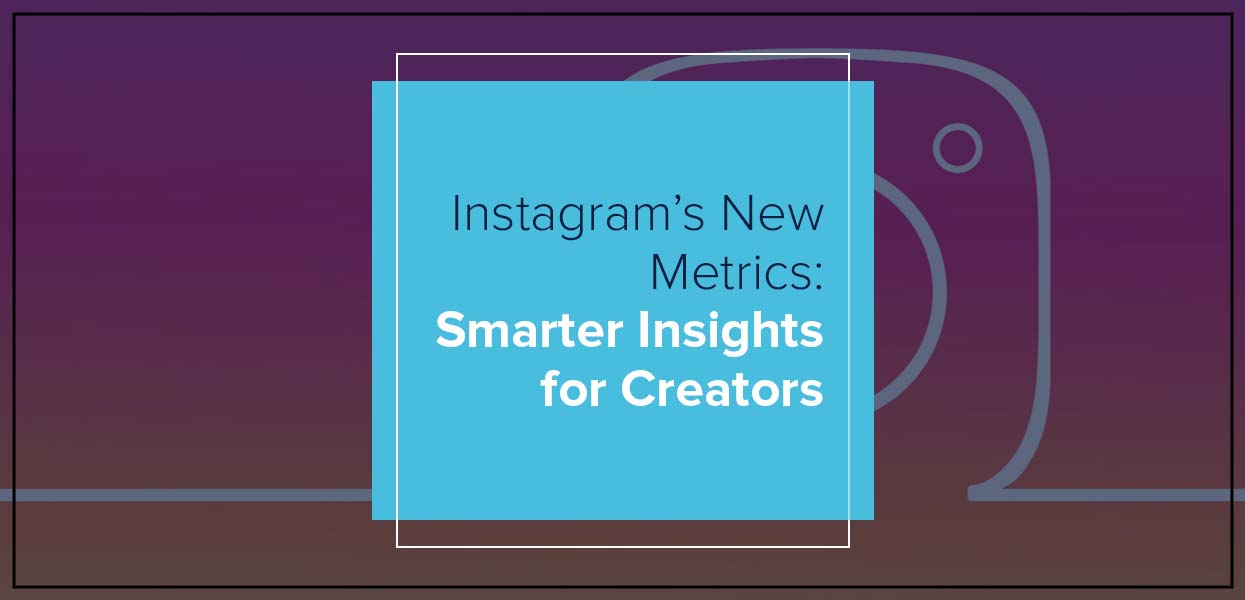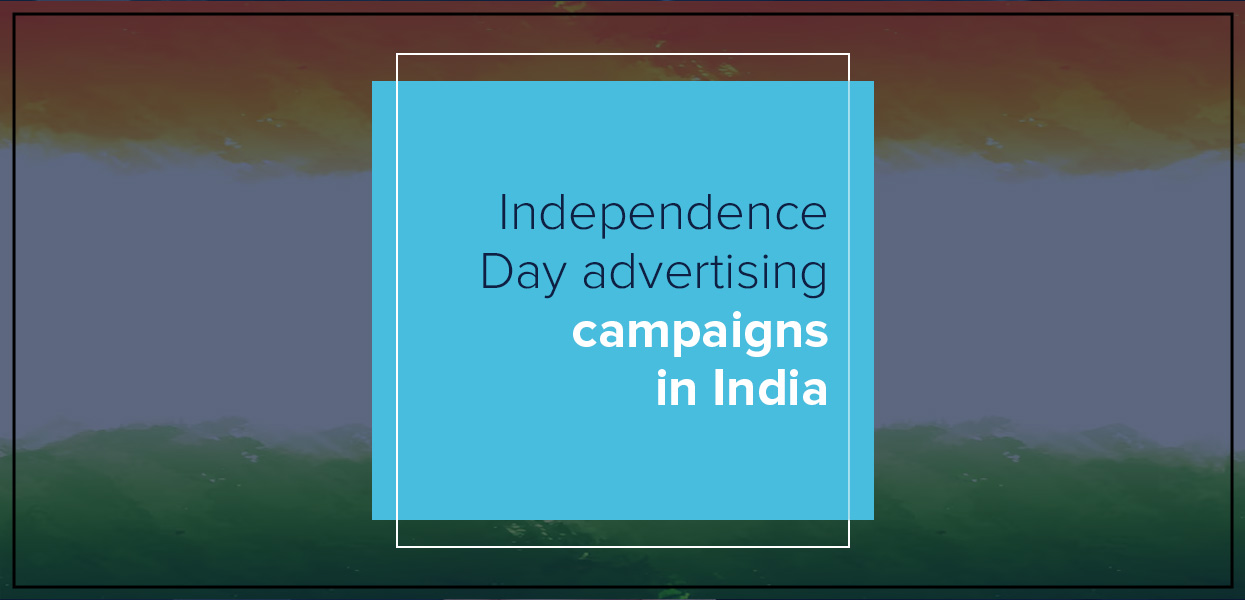Why Meme Marketing is the Secret to Going Viral in 2025

In 2025, brands that want to capture attention, stay relevant, and engage their audience need to speak the universal language of memes. These bite-sized, humorous pieces of content have evolved far beyond internet jokes — they’re now a potent marketing tool capable of boosting brand visibility, building communities, and sparking viral moments.
In an era where consumers are constantly bombarded with ads, memes cut through the noise, offering a refreshing and relatable way for brands to connect with their audience.
But what makes meme marketing such a powerhouse, and how can businesses harness its potential?
Let’s dive into why memes are crucial for viral marketing in 2025.
Memes: The Language of the Digital Generation
Memes are no longer just funny images or videos; they are a cultural phenomenon. Gen Z and Millennials, the driving force behind today's digital economy, use memes to communicate, share ideas, and express their opinions.
According to a recent study, over 60% of social media users share memes daily, making it clear that memes are an integral part of digital conversations. This viral nature of memes presents an invaluable opportunity for brands to tap into audiences in a more personal, informal, and engaging way.
The power of meme marketing lies in its relatability. These micro-content pieces often reflect cultural moments, trending topics, or shared experiences, making them instantly recognizable and engaging.
When used strategically, memes allow brands to position themselves as relatable and current, qualities that are increasingly important in today’s fast-paced, highly competitive digital space.
Why Meme Marketing is the Secret to Going Viral in 2025
Meme marketing has quickly become a dominant force, enabling brands to capture attention in a fun and engaging way.
Increased Reach and Engagement
Unlike traditional advertisements, which often require hefty budgets and targeted campaigns, memes naturally have an enormous reach. Memes are designed for virality — they are easily shared across platforms like Instagram, Twitter, and Facebook, multiplying their visibility exponentially.
Research shows that memes can achieve 10 times more organic reach than traditional advertisements without any paid promotion. This makes meme marketing one of the most cost-effective ways for brands to boost engagement and drive awareness.
By sharing memes, users can engage and participate, becoming active brand advocates. Creating deeper connections between brands and consumers through memes fosters a sense of community and involvement.
Creating a Brand Personality
In 2025, it's not enough for brands to just sell products. Consumers want to connect with brands on a personal level.
Memes offer an ideal platform for showcasing a brand’s personality and humanizing its image. Whether it’s through witty humor, relatable cultural references, or simply adding a fun twist to a serious topic, memes help brands stand out by showing they understand their audience's values and interests.
Take Netflix, for example. The brand has mastered the art of creating memes around popular shows or current events to interact with its audience. It not only keeps Netflix on top of trending topics but also fosters a sense of inclusivity.
Brands that embrace memes will be seen as more approachable, engaging, and modern.
Engaging with Younger Audiences
The digital-first consumers of today are savvy, fast-moving, and most importantly, they expect brands to keep up. Younger generations, especially Gen Z, have grown up in the world of memes. They use humor as a communication tool and are highly responsive to brands that speak their language.
According to Gen Z respondents, brands should be funny and authentic to resonate with them. Marketing strategies that integrate humor into meme culture are well-positioned to engage this important demographic.
Additionally, memes offer the flexibility to adapt to the ever-changing landscape of digital trends.
What’s trending today might be outdated tomorrow, but memes allow brands to react quickly and ride the wave of current events. This agility is what makes memes an indispensable tool in viral marketing campaigns.
Boosting Brand Awareness with Trend Integration
Memes thrive on trends. Whether it's a viral moment, a pop culture reference, or a humorous take on current events, memes capitalize on what's popular at any given time. For brands, aligning themselves with these trends allows them to tap into broader conversations and amplify their reach.
By creating memes that resonate with trending topics, brands can increase their visibility and enhance audience engagement by staying relevant in the digital space.
A prime example is how brands like Wendy's use memes to engage with their audiences. By commenting on trends, joking with competitors, and even joining viral conversations, the fast-food chain has made a name for itself using memes. A unique ability of Wendy's is to align its messaging with real-time trends.
Affordable, Accessible, and Creative Marketing
For startups and small businesses, meme marketing offers an affordable yet highly effective alternative to traditional advertising. With limited budgets for large-scale ad campaigns, these businesses can rely on the creativity of meme culture to generate buzz without breaking the bank. Memes enable small companies to punch above their weight and compete in the crowded digital marketplace.
Moreover, memes are easy to create and don’t require specialized marketing skills. With essential design tools and a keen sense of humor, brands can produce memes in-house and share them with their audience in real time.
This agility allows businesses to respond quickly to trends, connect with their audience on a deeper level, and stand out in a competitive market.
Memes Drive Consumer Behavior
Memes are more than just entertainment; they influence consumer behavior in powerful ways.
A study found that 60% of social media users engage with memes daily, and these interactions can lead to higher click-through rates (CTR) compared to traditional marketing campaigns. This means that when used effectively, memes can drive traffic to websites, increase sales, and build long-term brand loyalty.
Moreover, memes help create a sense of community among consumers. Brands that use memes to reflect on shared experiences or opinions foster a deeper connection with their audience, which can translate into increased brand loyalty and repeat purchases.
Challenges of Meme Marketing
While meme marketing is an effective tool, it comes with its own set of challenges. Memes have a short lifespan, and what’s viral today may be irrelevant tomorrow. Brands must stay agile and create content quickly to capitalize on trends before they fade.
Additionally, humor is subjective, and what one person finds funny, another may find offensive. To avoid backlash, brands must ensure that their memes are culturally sensitive and align with their brand voice.
Another challenge is ensuring that the memes stay true to the brand’s identity. Not all memes are suitable for every brand, and humor that doesn’t resonate with the brand's core values can dilute the message and confuse the audience.
The Future of Meme Marketing
As AI and data analytics continue to advance, brands will be able to create hyper-personalized memes that cater to specific demographics, enhancing engagement even further.
Memes are here to stay. They offer brands a fun, low-cost, and highly effective way to engage with their audience and go viral.
In 2025, businesses that fail to incorporate memes into their marketing strategies risk missing out on one of the most powerful tools in the digital age.
For more such insights into the latest marketing trends, visit Uniworld Studios.
Categories
- Digital Marketing
- Website Development
- Graphic Design
- Content Writing
Latest Posts
-
- Essential Marketing & Advertising Keywords 2025



